2018
https://www.space.com/41710-bendego-meteorite-survives-brazil-museum-fire.html

Frescoes from Pompeii

Frescoes that survived the eruption of Mount Vesuvius were also in the museum’s collection, including one depicting two peacocks perched on stylised chandeliers, and two others featuring seahorses, a dragon, and dolphins, which originally adorned the Temple of Isis in Pompeii. With 750 pieces from Mediterranean culture in the collection, it was the largest grouping of such artefacts in Latin America.
https://www.theguardian.com/world/2018/sep/03/brazils-national-museum-what-could-be-lost-in-the-fire
https://egyptianstreets.com/2018/09/03/hundreds-of-ancient-egyptian-antiquities-feared-destroyed-in-brazil-museum-fire/
https://nationalpost.com/news/world/they-survived-pompeiis-explosion-but-these-historical-treasures-are-now-feared-lost-in-rios-flames
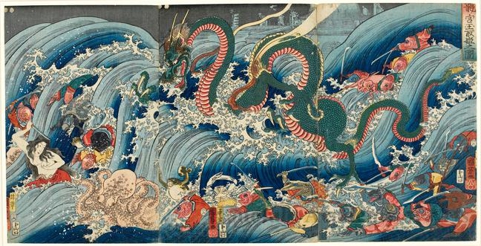

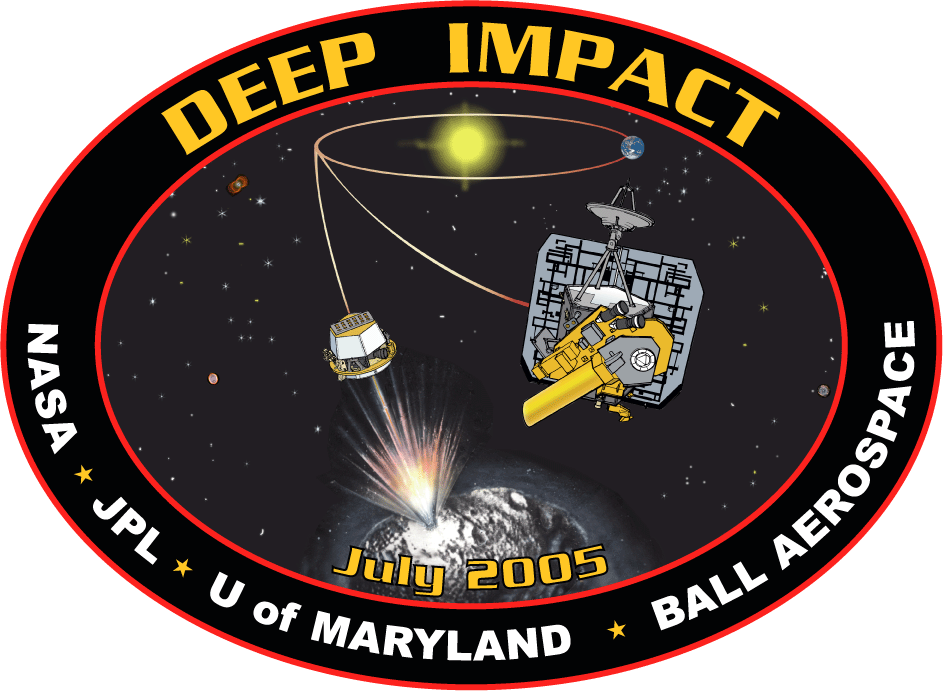
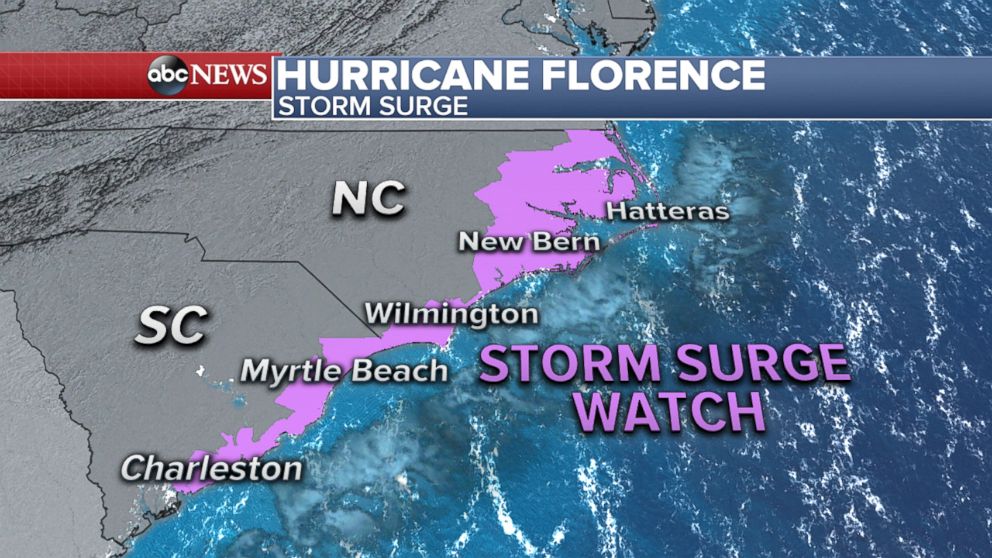
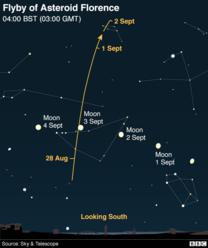
October 3, 2018: Venus Flyby #1 - 4:44 a.m. EDT (8:44 UTC)
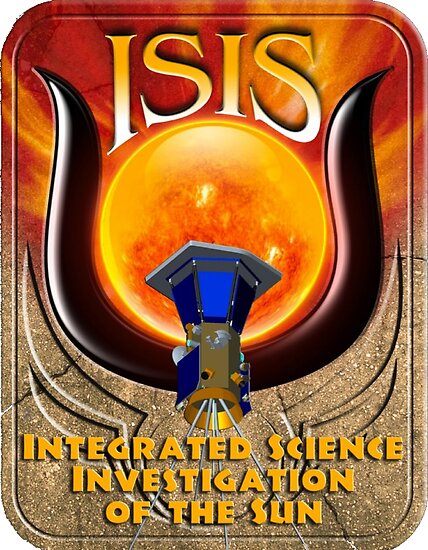


Certainly the Draco Thuban stargate connections continue to stand out and there's much more...




Royal Dragon Palace

Frescoes from Pompeii


Frescoes that survived the eruption of Mount Vesuvius were also in the museum’s collection, including one depicting two peacocks perched on stylised chandeliers, and two others featuring seahorses, a dragon, and dolphins, which originally adorned the Temple of Isis in Pompeii. With 750 pieces from Mediterranean culture in the collection, it was the largest grouping of such artefacts in Latin America.
https://www.theguardian.com/world/2018/sep/03/brazils-national-museum-what-could-be-lost-in-the-fire
https://egyptianstreets.com/2018/09/03/hundreds-of-ancient-egyptian-antiquities-feared-destroyed-in-brazil-museum-fire/
https://nationalpost.com/news/world/they-survived-pompeiis-explosion-but-these-historical-treasures-are-now-feared-lost-in-rios-flames
Hayabusa-2: Japan sets date for spacecraft's asteroid touchdown

Hayabusa-2 was launched from the Tanegashima Launch Center in far southern Japan on 3 December 2014. It has been carrying several science instrument payloads for release on to the surface of its target, Ryugu.
On 21 September, it will despatch the first of these piggybacked packages. A 3.3kg container known as Minerva II-1, which is mounted on the spacecraft, will deploy two robots known as Rover 1A and Rover 1B.
The 1kg "rovers" will actually move by hopping under the asteroid's low gravity. Each one contains a motor-powered internal mass that rotates to generate force, propelling the robot across the surface.
The rovers are equipped with wide-angle and stereo cameras to send back pictures from Ryugu.
Then, on 3 October, the mothership will deploy a lander called Mascot, which has been developed by the German Aerospace Center (DLR) in conjunction with the French Space Agency (CNES).
https://www.bbc.com/news/science-environment-45363130

Over the next 2 months, scientists will be looking for suitable landing places and attempt the first touchdown in September or October 2018 and the second in February 2019.
The third touchdown is scheduled for April or May 2019 before which they plan to hit the asteroid with a projectile to create a crater.
https://watchers.news/2018/06/27/ion-powered-hayabusa2-spacecraft-arrives-at-asteroid-ryugu/
To remove the space-weathered surface and collect a fresh sample, the spacecraft carries the Small Carry-on Impactor or SCI. It is a small drop-off explosively formed penetrator, consisting of a 2.5 kg (5.5 lb) copper projectile contained in a 4.5 kg (9.9 lb) shaped charge.
Hayabusa 2 to approach asteroid Ryugu for landing rehearsal on Sept. 12
TOKYO -- The Hayabusa 2 space probe will come as close as 30 meters from the surface of asteroid Ryugu at around 2 p.m. on Sept. 12 for a landing rehearsal, according to scientists running the operation.
https://mainichi.jp/english/articles/20180912/p2a/00m/0na/002000c

https://www.cnn.com/2018/09/13/us/hurricane-florence-south-east-coast-wxc/index.html

New York City Subway Station Destroyed In 9/11 Finally Reopens
The NASA solar mission heavily interacts with the asteroid missions taking place via the trinity symbolism.
Parker Solar Probe Continues Successful Commissioning Operations
On Friday, Aug. 31, flight controllers at the Johns Hopkins Applied Physics Laboratory in Laurel, Maryland performed a second planned Trajectory Correction Maneuver (TCM-2), a thruster burn which lasted for seven minutes and five seconds. This maneuver, which was executed with a high degree of precision, adjusted the direction of the spacecraft to position it for its Venus flyby on Oct. 3, when it will use Venus’ gravity to shed speed and draw its orbit closer to the Sun in preparation for its first solar approach.
On Sept. 2, four two-meter electric field antennas, part of the FIELDS instrument suite, were deployed.
EPI-Lo and EPI-Hi, the two Energetic Particle Instruments that make up the IS☉IS suite (pronounced “ee-sis” and short for Integrated Science Investigation of the Sun), have been turned on and have completed low voltage checks.
https://blogs.nasa.gov/parkersolarprobe/2018/09/05/parker-solar-probe-continues-successful-commissioning-operations/
October 3, 2018: Venus Flyby #1 - 4:44 a.m. EDT (8:44 UTC)


Hayabusa-2 most likely to land at asteroid equator
An equinox is commonly regarded as the moment when the plane (extended indefinitely in all directions) of Earth's equatorpasses through the center of the Sun,[2] which occurs twice each year: around 20 March and 22–23 September. In other words, it is the point at which the center of the visible Sun is directly above the Equator.
Given the day starting off the touchdown will be 9/21 it makes a strong connection to the seasons of Ryugu.
"The asteroid’s slightly tilted axis of rotation gives Ryugu two seasons: summer and winter. Hayabusa 2 found the temperature ranged from about 20 to 100 degrees on Ryugu’s surface."
"In Japanese folklore, Ryūgū-jō (竜宮城, 龍宮城, "Dragon palace castle") is the undersea palace of Ryūjin, the dragon kami of the sea. Depending on the version of the legend, it is built from red and white coral, or from solid crystal. The inhabitants of the palace were Ryūjin's families and servants, who were denizens of the sea. In some legends, on each of the four sides of the palace it is a different season, and one day in the palace is equal to a century outside its boundaries. The most famous legend about the palace concerns Urashima Tarō's visit to Ryūgū-jō for three days.[1][better source needed]"

Certainly the Draco Thuban stargate connections continue to stand out and there's much more...





No comments:
Post a Comment